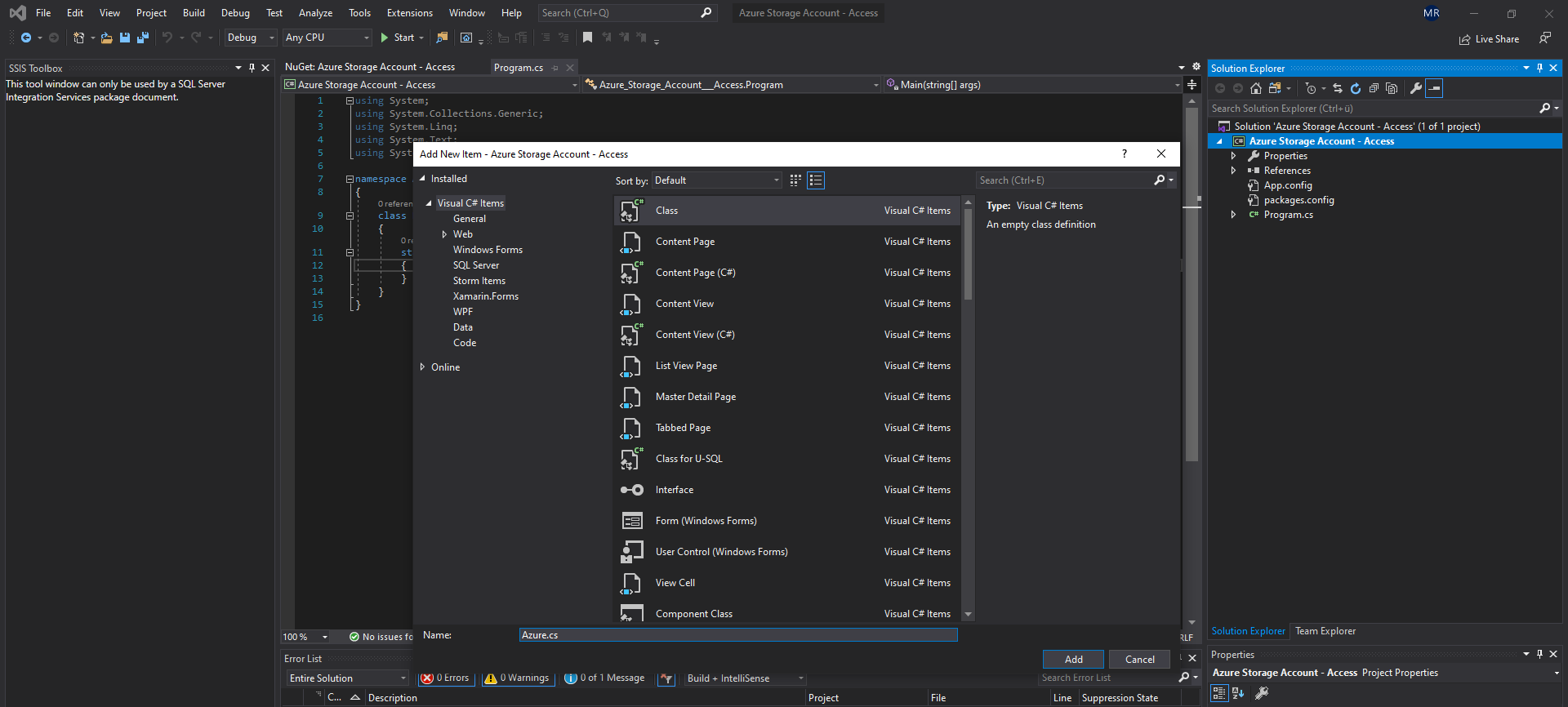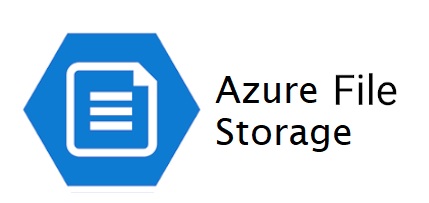
Setting up tiered storage policies in Azure can be a challenge and often requires adjustments to tune them. The difficulty is it takes effort to fine-tune the appropriate tier. All data is not the same some of it should be tiered to slower storage in both environments. The other aspect that differs is how you treat data. For an on-premises file server, you must handle all the administrative tasks: monitoring, security, backups and patching. The big draw of Azure Files is Microsoft handles the support. Tuning storage data takes time and effort
Azure file storage windows#
A typical SSD-based 10 TB physical file server runs between $7,000 and $10,000, but the costs get difficult to pin down when you add in the Windows Server licensing, maintenance, additional software, auditing and what it costs for the IT team to support the server. They can easily last for five to eight years. Use the Azure Files calculator to get an estimate of your monthly costs.įrom a fixed-cost aspect, it's hard to beat an on-premises Windows file server. Microsoft provides a calculator for Azure Files to help you estimate your costs. That can add up to $6,000 to $21,000 a year. The monthly cost for 10 TB could be $500 to almost $1,800 a month depending on needed performance. The storage tiers in Azure Files range from premium, transaction-optimized, hot and cool.

The cost will likely increase, because it's rare for file usage to drop over time.Īnother factor that adds to the monthly cost of Azure Files is what Microsoft charges for data storage in its cloud. For large organizations, a charge of $100 or even $200 will not be an issue, but these are monthly charges. While transactions for reads or writes are in the $0.015 neighborhood, and other features even lower, the costs can add up. With the cloud, getting the data into the platform is rarely the issue it's getting the data out that tends to be the concern.ĭepending on how much you store, how much you transfer and several other factors, your charge for Azure Files will vary. Azure Files uses a Windows file system structure, which is the same as on-premises Windows file server. How you arrange the file system and structure will depend on how you plan to use it. For large amounts of data, you can bulk ship the files on disk drives with the Azure Import/Export service, which costs $80 per storage device. The setup for Azure Files varies depending on the authentication route, but it's a fairly straightforward process to import that is easier with some help from PowerShell. Either way will require some work to ensure you have the prerequisites before you can move into the configuration stage. Azure Files supports identity-based authentication for both on-premises Active Directory Domain Services and Azure Active Directory Domain Services. With this level of access also comes authentication, which entails some degree of share, file and folder permissions based on login information. Azure Files provides several types of redundancy locally redundant storage is the least expensive level with a guarantee of 11 nines of durability.

Microsoft also offers a level of redundancy that can outmatch your data center. You can get to your files anywhere there is internet access. How will users both inside and outside the company get to their data?ĭata retrieval tends to favor cloud-based storage, such as Azure Files. on-prem file server comparison is access. The first area an organization might examine during an Azure Files vs. Authentication is one factor to consider with Azure Files Azure Files is Microsoft's answer to companies that want the familiarity of file server without the headaches associated with its support.

In addition to the needs of users, every organization has different priorities that can steer it in a certain direction. Someone might need that spreadsheet from 1999, even if it hasn't been opened in the last 10 years. Whether it's documents, pictures or email, the need for storage only continues to grow. You need to decide if the cost, effect on users, performance and security will make it worth the effort to change platforms. It's not as easy as flipping a switch when you put a crucial on-premises workload into the cloud.


 0 kommentar(er)
0 kommentar(er)
